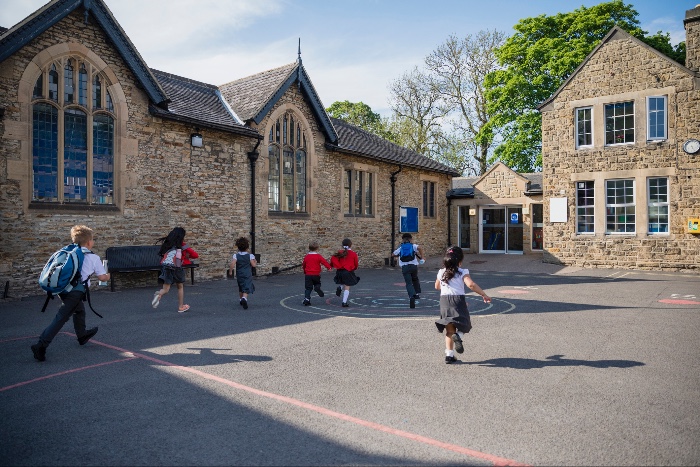What is Positive Behaviour Support?
PBS is a framework for developing and delivering person centered interventions that aim to improve quality of life. This blog explores the origins of PBS, what lies at the core of the framework and practical advice on how to use the assess, manage, prevent cycle.
Read more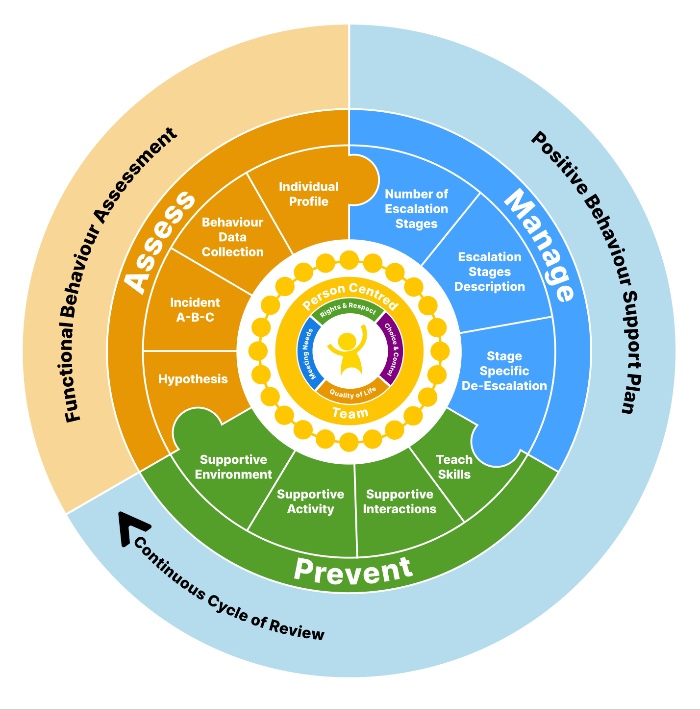
School Wide Positive Behaviour Support Plan in 5 Easy Steps
Straight forward guidance on how to create a Positive Behaviour Support Plan in five easy steps. Positive behaviour support plans help children have better classroom behaviour by better communicating a set of consistent and positive expectations they can relate to.
Read more
Teaching Strategies for Children with Autism Spectrum Disorder
Teaching children with Autism Spectrum Disorder is enhanced with a few small modifications to your teaching strategies. This blog explores the five most effective teaching strategies for teachers and care givers supporting children with ASD in the classroom as well as examples.
Read more
Strategies To Build and Maintain a Positive, Supportive School Culture
Jessica Bates is the Principal at Beldon Education Support Centre. She has twenty years of education experience bringing Positive Behaviour Support (PBS) approaches into a whole school setting.
Read more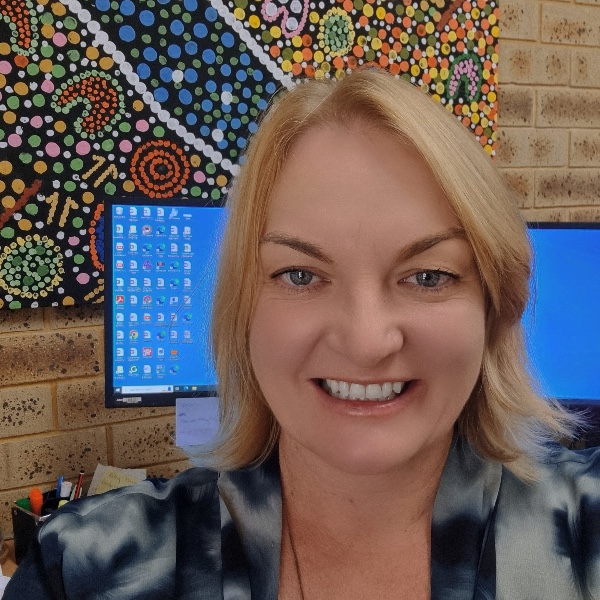
Writing SMARTER Individualised Education Plans to help students best achieve their goals
By creating SMARTER goals, you can ensure your students are set up for success and enable them to reach their potential. This article outlines the strategies you can employ to create SMARTER goals in your student’s IEP.
Read more
The Benefits of Play
The benefits of play are many and varied. Giving children, and adults, time to play is an essential part of growing up and life. This blog article discusses what play is and illustrates play’s six key benefits with examples.
Read more
What is Mental Health and How Does it Impact Behaviour?
Mental health impacts how we think, feel and behave in daily life. For some individuals with mental health may increase the likelihood of challenging behaviour incidents. By understanding mental health it can give insight into the significant psychological disruption which creates significant challenges which then drives the emotional and behavioural difficulties. This short article looks at the relationship between mental health, psychosocial disability and behaviour patterns.
Read more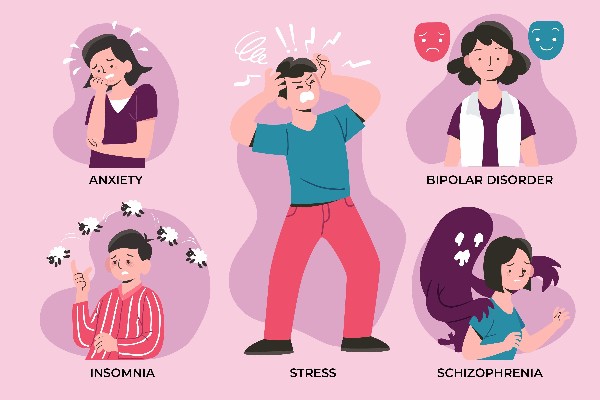
Exploring Non Verbal Communication: a definition, challenges and losing the ability to speak as an adult.
Communication is the basis for all human interaction but not all communication is written or spoken through language and words. Much of our communication is non-verbal and we explore this with a definition of non verbal communication, challenges faced by children with intellectual disabilities and what life is like when non verbal communication is the only kind of communication you have access to.
Read more
An Insight into Non-Verbal Communication: An Interview with Alex Gibbon
Today, we delve into a compelling narrative of resilience, humour, and advocacy, unveiling the life of Alex Gibbon - a non-binary comedian who navigates life using non-verbal communication.
Read more
Empowering Learners: Differentiating the curriculum for students with ADHD
Explore effective strategies for differentiating curriculum for students with ADHD. This comprehensive guide covers key techniques such as multisensory instruction, active learning, task chunking, visual organisation, individualised support, and more. Gain insights into creating an inclusive and supportive learning environment for students with ADHD.
Read more
Pathways to Expression: Developing Communication Skills of Pre-Intentional and Intentional Communicators
Uncover effective strategies to enhance communication skills in students with profound intellectual disabilities for enriched learning experiences.
Read more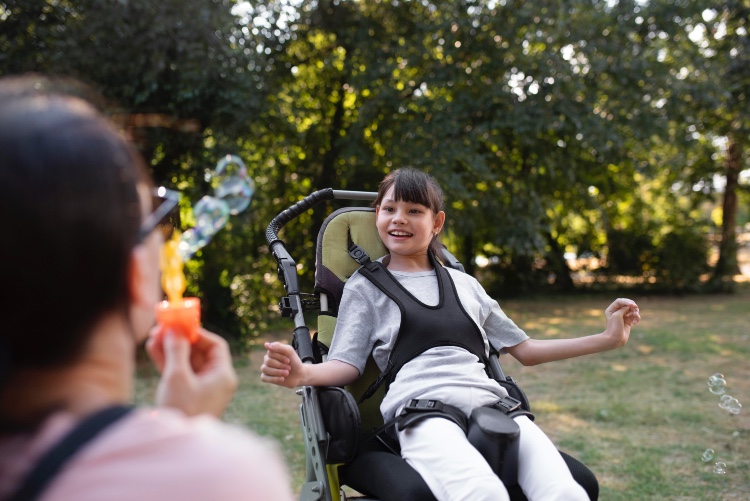
How to Use Visual Aids to Support Children With Autism Spectrum Disorder.
Learn about how visual aids are a really effective way to empower children with Autism Spectrum Disorder communicate, learn and develop independence with examples and resources of various visual systems you can use at home, community or in the classroom.
Read more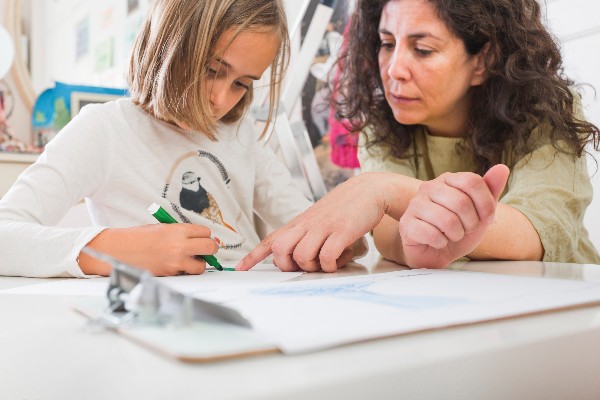
Minimising Classroom Distractions for Students with ADHD
Children and adolescents with Attention Deficit Hyperactivity Disorder (ADHD) can get easily distracted by internal and external stimuli. There are simple strategies we can use to help support students with ADHD.
Read more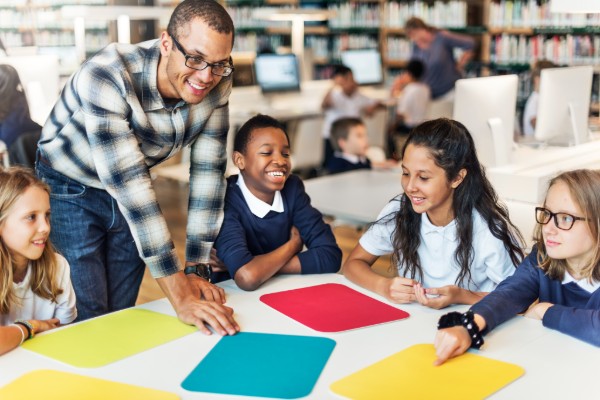
Building a Culture of Positive Behaviour Support
Kate Reid is the Program Coordinator for Inclusion at Bob Hawke College in Subiaco, Perth. She discusses a Positive Behaviour Approach and the important conversations about behaviour and inclusion with kids, staff and the community that make schools a more inclusive environment.
Read more
Getting Started with Visual Communication Systems: A Guide for Parents and Caregivers
Read more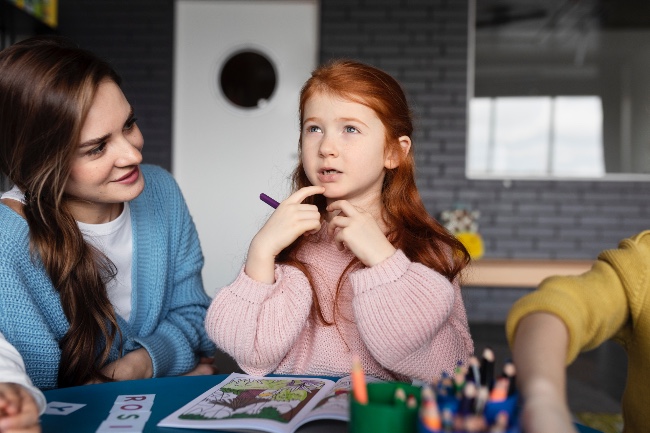
Encouraging Play Through Visual Systems: A Guide for Parents and Caregivers
Read more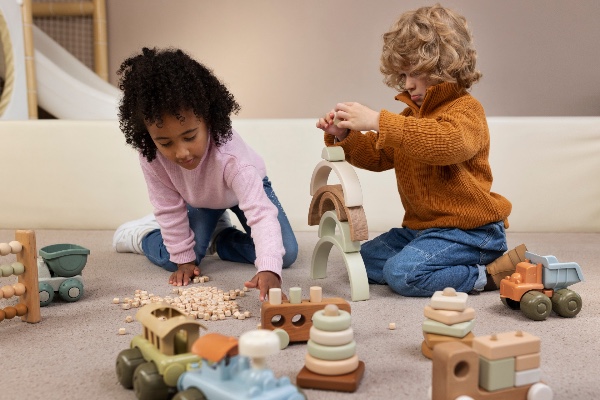
Enhancing Medical Access for Individuals with Developmental Disabilities through Visual Systems Medical Communication
Read more
Empowering Families: Understanding Documented Plans in a Child's Education
This article empowers parents and carers with a clear understanding of documented plans used in education, such as Individual Education Plans (IEPs), Personal Learning Plans (PLPs), Behaviour Management Plans, and more. It explains who these plans are for, why they’re valuable—especially for children with special education needs or behavioural challenges—and how they are developed through collaboration between families, school staff, and specialists. A step-by-step guide walks parents through the process, from the initial meeting to setting SMART goals and advocating for their child’s needs. A free downloadable handbook by Dolly Bhargava is also included to offer further support.
Read more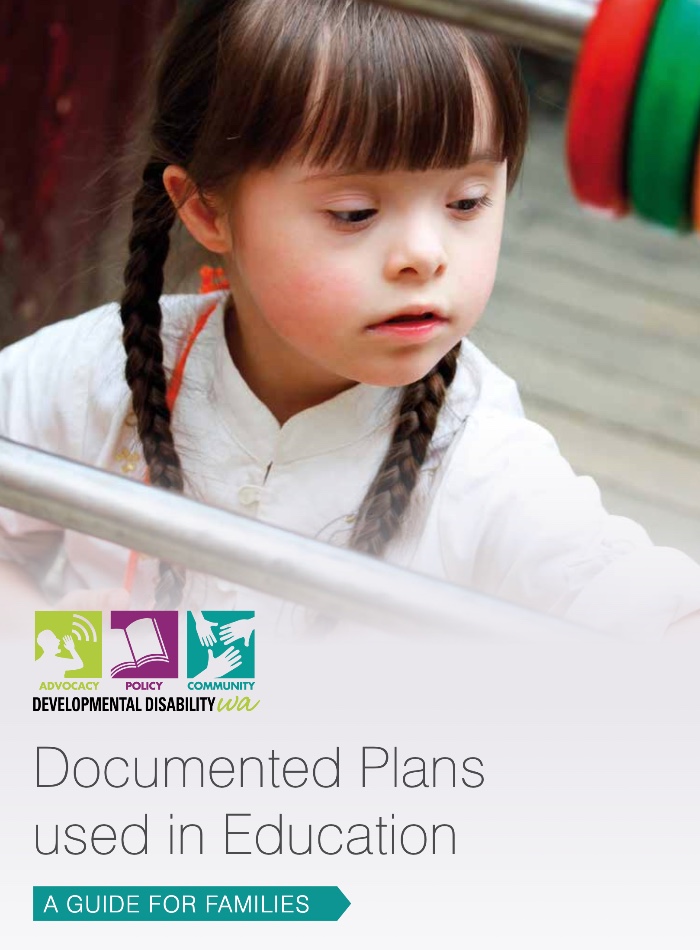
Managing Screen Time for Toddlers: Tips & Alternatives
Discover practical strategies to manage screen time effectively in today's digital world. Read the article to regain balance and improve your well-being.
Read more
Best Fun and Engaging NDIS Group Activities For Autistic Children In Brisbane
Discover fun and skill-building NDIS group activities for autistic children in Brisbane—like arts, music, nature walks, cooking, and more.
Read more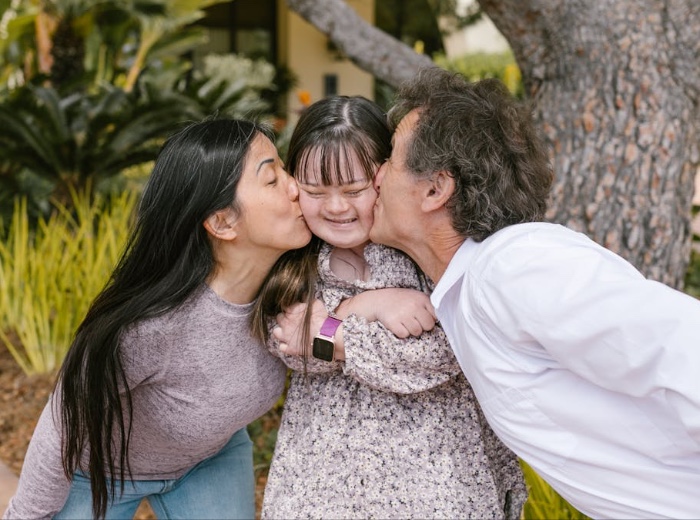
Positive Behaviour Support in UK Schools
In this article we discuss attitudes towards UK Positive Behaviour Support (PBS) as a person centred approach to managing behaviours of concern in educational settings.
Read more